calsfoundation@cals.org
Judsonia (White County)
| Latitude and Longitude: | 35º16’12″N 091º38’23″W |
| Elevation: | 210 feet |
| Area: | 2.89 square miles (2020 Census) |
| Population: | 1,854 (2020 Census) |
| Incorporation Date: | May 13, 1872 |
Historical Population as per the U.S. Census:
|
1810 |
1820 |
1830 |
1840 |
1850 |
1860 |
1870 |
1880 |
1890 |
1900 |
|
– |
– |
– |
– |
– |
– |
– |
– |
475 |
600 |
|
1910 |
1920 |
1930 |
1940 |
1950 |
1960 |
1970 |
1980 |
1990 |
2000 |
|
746 |
899 |
1,123 |
1,011 |
1,122 |
977 |
1,667 |
2,025 |
1,915 |
1,982 |
|
2010 |
2020 |
|
|
|
|
|
|
|
|
|
2,019 |
1,854 |
|
Judsonia is a historic community in White County on the lower Little Red River. The town’s history includes the settlement of immigrants from the North after the Civil War, the growing importance of strawberries, and the 1952 tornado. Some scholars hypothesize that this is the site of the Mississippian Palisima, a Native American village mentioned in documents from the Hernando de Soto expedition. Late prehistoric pottery has been found in the area, created either by ancestors of the Quapaw or by other groups who lived in the area before the Quapaw arrived.
Early Statehood through the Civil War
Judsonia is on the first highland on the north bank of the White River. The south half of the modern town of Judsonia was initially named Prospect Bluff. In 1835, Erastus Gregory bought this location. The May 1837 session of the county court licensed Gregory to sell groceries and liquor, beginning the commercial history of the community. That year was also the first time the name Prospect Bluff was used, when Jesse Terry was appointed to “view” (or blaze) a road from Prospect Bluff to Searcy (White County). In 1839, Gregory hired Philip W. Roberts to survey the town site. The streets were named for U.S. presidents George Washington through Martin Van Buren. It was unknown who the next president would be, so the final two streets were named for candidates William Henry Harrison and Henry Clay.
The Little Red River was the path of entry for many of the early settlers. In February 1849, the second documented arrival of a steamboat occurred at Prospect Bluff. In 1850, the community received a population boost when a wagon train of eighteen families arrived from North Carolina. The village continued to grow throughout the 1850s.
The major impact of the Civil War on Prospect Bluff occurred in May 1862 when Union forces under the command of General Samuel R. Curtis moved south from Batesville (Independence County) with the goal of capturing Little Rock (Pulaski County). A division of about 2,000 men, under the command of Colonel Peter Joseph Osterhaus, camped on the north side of the Little Red River west of Prospect Bluff. Union troops were sent across the river toward West Point (White County) to forage for supplies, resulting in the Action at Whitney’s Lane three miles southwest of Prospect Bluff. As a result of this action, General Samuel R. Curtis’s march to capture Little Rock was detoured to Helena (Phillips County). In 1863, Prospect Bluff was near the action when the Union gunboat Cricket steamed upstream to Searcy Landing (White County), where it captured the Confederate Tom Sugg and Kaskaskia. In 1864, the area again saw Federal forces as they passed through to destroy the saltworks at Liberty Valley (White County) to the east.
Reconstruction through the Gilded Age
Beginning about 1870, families from Northern states began moving to the area immediately north of Prospect Bluff, and they named the newly surveyed area Judsonia. In 1871, Prospect Bluff gained a post office, with immigrant Robert B. Beane as postmaster, and Judson Academy was established. In 1872, the Cairo & Fulton Railroad was built to the east of Judsonia and Prospect Bluff. Prospect Bluff was incorporated May 3, 1872, and the nearby settlement of Judsonia, just to the north, was incorporated ten days later. With the encouragement of Northerners, led by Professor M. R. Forey – formerly a faculty member of Chicago University – the two towns were united and blended into one town, using the name of Judsonia, on April 7, 1874.
Judsonia and Judson University were named in honor of American Baptist foreign missionary Adoniram Judson. The school started as an academy in 1871 and by 1874 received a state charter as a university. At the same time, a law was passed prohibiting the sale of liquor within three miles of the university. Because of financial problems, the college was closed in 1888.
Another 1874 event that would have a lasting effect was the harvesting of the first strawberry crop by Daniel W. Wheaton. After word of his success spread among farmers, the strawberry became the dominant cash crop of the area. Jacob C. Bauer started the Bauer Plant Company, which grew and sold strawberry plants. Louis Hubach developed new varieties of stronger plants with better fruit. Another benefit of the strawberry economy was the founding of the Judsonia Box Company by brothers James M. and Frank Cathcart. The factory produced containers for harvesting and shipping strawberries. By 1944, sixty to 120 employees were producing 850,000 quart boxes and crates a year as the Enterprise Box Company under the ownership of Joseph H. Roth and Charles A. Figley. Lack of farm labor and the inability to mechanize berry picking led to a lessening of the strawberry’s importance after World War II.
Early Twentieth Century through World War II
Judsonia’s importance as a commercial center continued in the 1920s, bolstered by the building of a cantilevered swing bridge across the Little Red River.
The Depression resulted in federal programs, including the Works Progress Administration (WPA), coming to Judsonia. WPA projects included a gymnasium at the Judsonia School in 1937 and the Community Building in the city park in 1938. The Community Building’s entrances, fences, light poles, and benches are constructed of native rock and capped with concrete. The entire block is a Historic District on the National Register of Historic Places.
At least 289 men from Judsonia were in the military during World War II, twenty-six servicemen died in the war. Some residents worked at the Jacksonville Ordnance Plant in Pulaski County.
Judsonia’s downtown was bypassed in 1949 as U.S. Highway 64/67 (now U.S. 367) was built on the north side of town. The business district remained viable, but that changed on March 21, 1952, when Judsonia was placed in the national spotlight. A tornado cut a swath across the town, killing forty-four residents and leveling several blocks of the business district, the school, two churches, and blocks of homes. The spirit of rebuilding was reflected when Judsonia was named the “Most Community-Conscious Small Town in America” by Grit magazine in 1953.
After initial rebuilding, downtown business gradually gave way to businesses on the bypass. In 1991, Judsonia’s public schools consolidated with the Kensett and Griffithville districts to form the Riverview School District.
Attractions and Famous Residents
Judsonia’s attractions include the Grand Army of the Republic Monument in Evergreen Cemetery. Dedicated in 1894, it is surrounded by the graves of Union veterans. The W. E. Orr Park is the site of the Historic District and includes the town library and recreational facilities including a playground and tennis and basketball courts. The 1924 cantilevered truss swing bridge across the Little Red River is also on the National Register of Historic Places. Prospect Bluff Days, the town festival, is held each September.
Famous Judsonians include Brigadier General James Wayne McCauley (1900–1958). He graduated from Ouachita Baptist College (now Ouachita Baptist University) and enlisted in the Army Air Corps in 1928. He was promoted to brigadier general on D-Day, June 6, 1944. Neva Bennett Talley Morris (1909–1996), was elected president of the National Association of Women Lawyers in 1956 and was a member of the House of Delegates of the American Bar Association in 1958. Lonnie Glosson (1908–2001) was a hit musician in the 1930s and 1940s who popularized the harmonica nationwide.
For additional information:
Johnson, Claude. The Humorous History of White County, Arkansas. Searcy, AR:1975.
Orr, W. E. That’s Judsonia: An Informal History of a Small Town in Arkansas. Judsonia, AR: White County Printing Co., 1957.
Sherwood, Diana. “Arkansas Baptist Colony, 1870.” Arkansas Gazette.Magazine section. July 20, 1941, pp. 2, 12.
White County Arkansas. https://www.whitecountyar.org (accessed June 17, 2022).
William E. Leach
Searcy, Arkansas
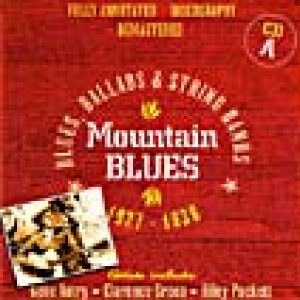 "Arkansas Hard Luck Blues," Performed by Lonnie Glosson
"Arkansas Hard Luck Blues," Performed by Lonnie Glosson  Downtown Judsonia
Downtown Judsonia 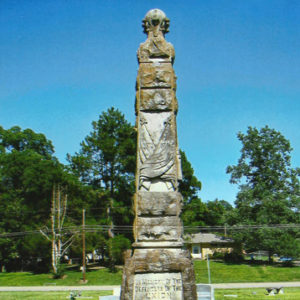 GAR Monument
GAR Monument 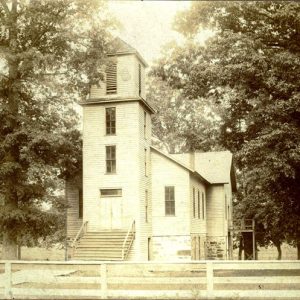 Judson University
Judson University 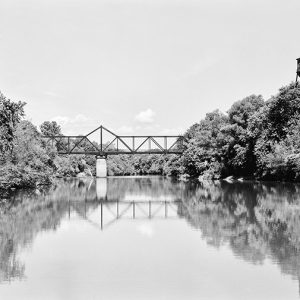 Judsonia Bridge
Judsonia Bridge 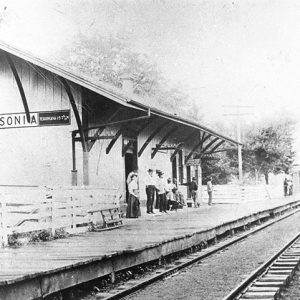 Judsonia Depot
Judsonia Depot 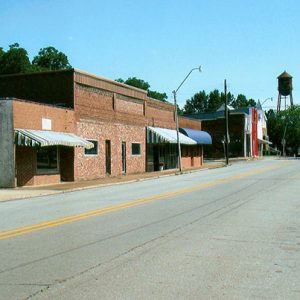 Judsonia Main Street
Judsonia Main Street  Judsonia Army Band Performance
Judsonia Army Band Performance  Judsonia Company
Judsonia Company 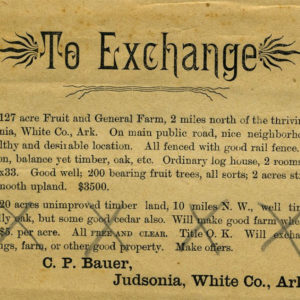 Judsonia Farm Ad
Judsonia Farm Ad 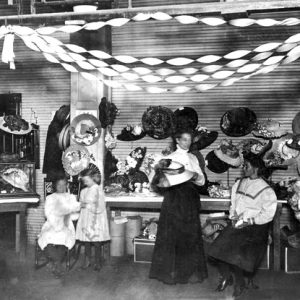 Judsonia Hat Shop
Judsonia Hat Shop 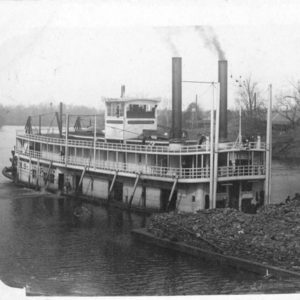 Judsonia Riverboat
Judsonia Riverboat 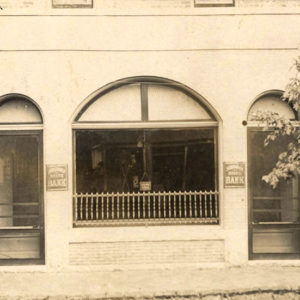 Judsonia State Bank
Judsonia State Bank 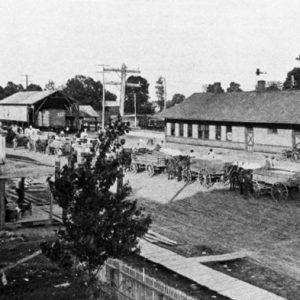 Judsonia Strawberry Wagons
Judsonia Strawberry Wagons  Judsonia Street Scene
Judsonia Street Scene 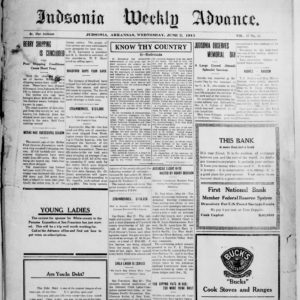 Judsonia Weekly Advance
Judsonia Weekly Advance  Little Red River
Little Red River 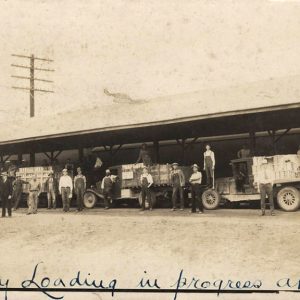 Loading Berries
Loading Berries 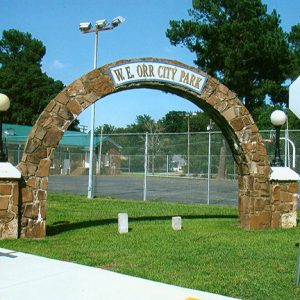 W. E. Orr Park
W. E. Orr Park 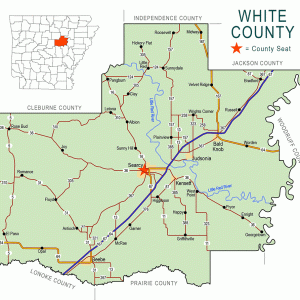 White County Map
White County Map  White County Record
White County Record 




Comments
No comments on this entry yet.